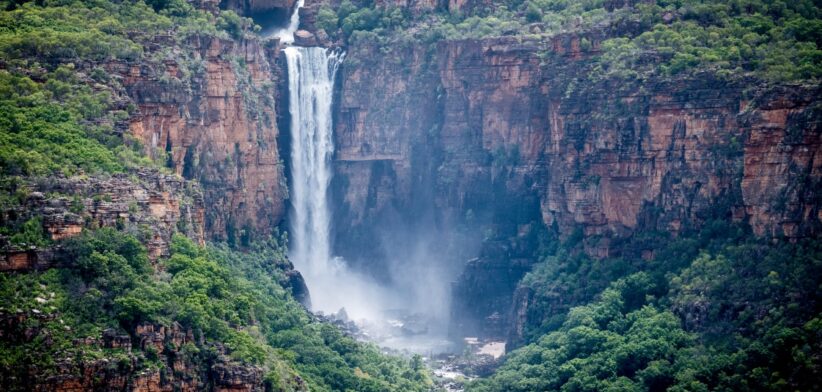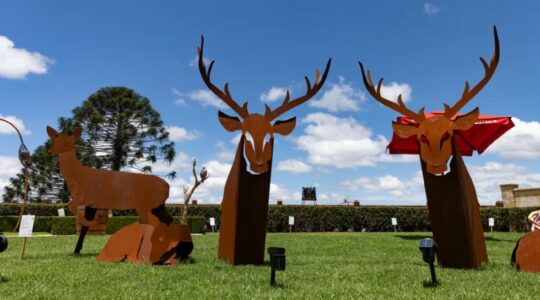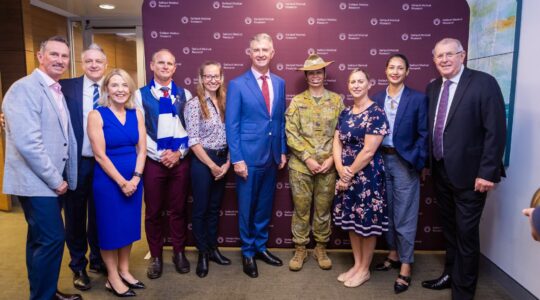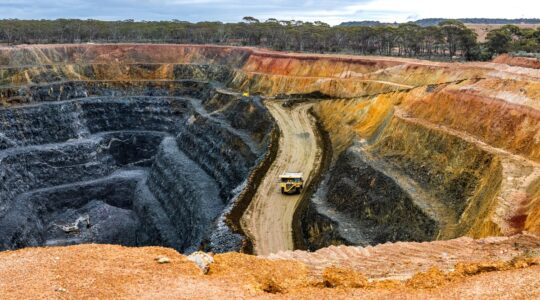The first Indigenous-led research strategy for Kakadu National Park aims to set a new standard for collaboration between Traditional Owners and scientists.
Federal Environment and Water Minister Murray Watt said the strategy had been developed through an Indigenous-led project completed by the National Environmental Science Program’s Resilient Landscapes Hub in partnership with Parks Australia.
Minister Watt said the 10-year strategy directed what research would be undertaken in Kakadu to protect its unique environment and culture and how that research should be conducted.
“For 65,000 years the Bininj/Mungguy Traditional Owners’ continuing cultural connection to the land has allowed for the development of an intimate knowledge of Country handed down over a 1000 generations,” he said.
Minister Watt said ensuring Indigenous knowledge holders and the research community worked closely together, meant the Kakadu Research Strategy would deliver enduring benefits for an area that was World Heritage-listed for both its natural and cultural values.
“This Indigenous-led strategy sets a course built on collaboration and mutual respect between science and Kakadu’s traditional ecological knowledge holders who belong to the oldest continuing culture on Earth.
“It will position Kakadu National Park as a leading example of two-way science over the next decade.”
He said effective collaboration was crucial to prepare for the environmental challenges ahead, such as fire, feral animals, invasive weeds and sea level rise, which threatened Kakadu’s natural environment, including plants and wildlife found nowhere else, and its cultural values, including bush-tucker species and art sites.








